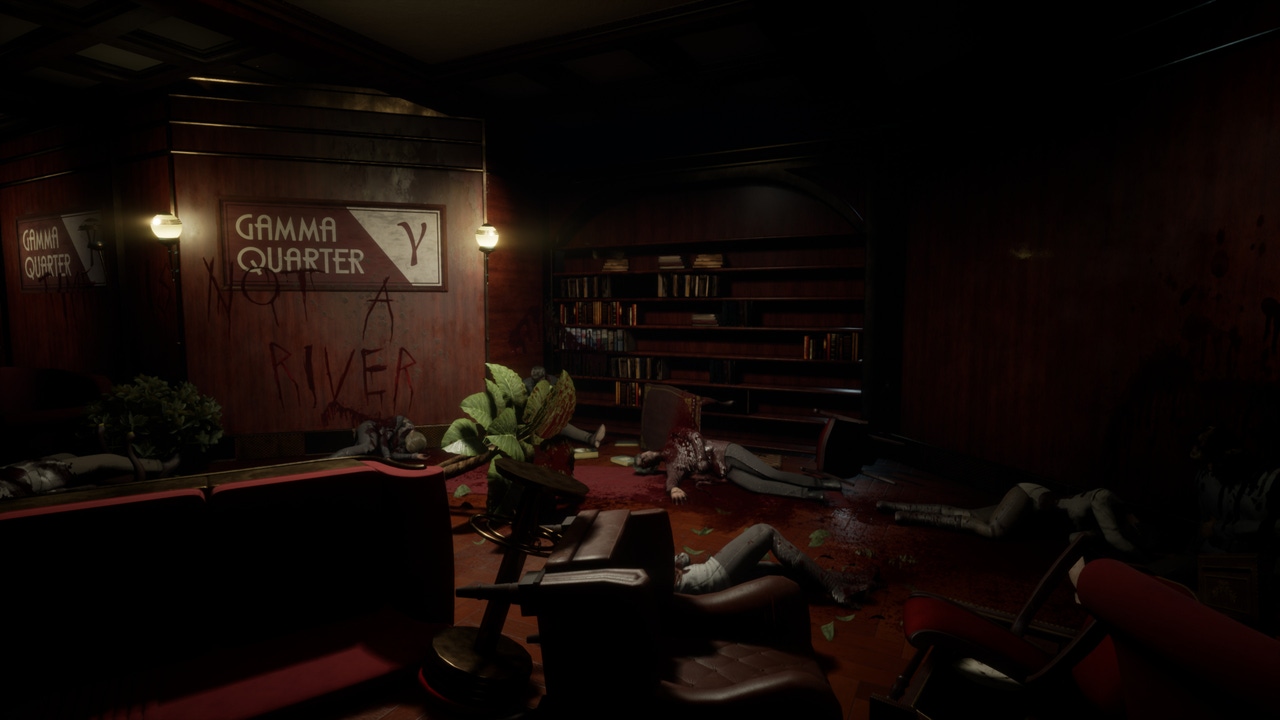Trending
Opinion: How will Project 2025 impact game developers?
The Heritage Foundation's manifesto for the possible next administration could do great harm to many, including large portions of the game development community.
Close to the Sun's lead designer explains how the studio implemented a smarter version of jump scares that are more conducive to open-ended 3D games.

During a recent livestream on the GDC Twitch channel, Joel Jakalax, lead designer on Storm in a Teacup's Close to the Sun, explained one of the key design mechanics at play in this horror-adventure title. Namely, how a small team made sure players witnessed their jump scares in a relatively opened-ended 3D game.
As games have moved into more open spaces, making sure players are looking in the right place to trigger these horror sequences was an important design challenge. Close To The Sun stands on the shoulders of many great horror games in terms of inspiration, but Jakalax says the team tried to push what could be done with jump scares to allow for more open exploration using "sensitive triggers."
One of the classic techniques for executing a jump scare in film or game form is to lock the viewer's perspective in a tight space, build tension, and then drop a surprising, scary moment in. Whether it's the dog attacks in Resident Evil or BioShock's various corridor scares, a lot of video game horror has relied on techniques similar to this.

But according to Jakalax, "sensitive triggers" work in a different fashion. In Close To the Sun, the game "[collects] small bits and pieces of information based on player behavior in order to trigger the events that we have planned out as accurately as possible."
"If it works the way we intended it, the player will not notice that it's there. It's just doing its stuff under the hood. We do our best to make sure that those events trigger [as much] as possible. Because there are events and stuff that could happen that some players might miss."
Two on-screen examples that took place during the Q&A were a nearby open door with light streaming through snapping shut, and a lightning flash that both seemed perfectly timed to the player character rounding a corner. But in the fairly open spaces of Close To The Sun, Jakalax says both of these examples were the sensitive triggers at play.
"We were toying around with taking control of the camera and making sure that the player would specifically look at the stuff we spent a lot of development time to show them," says Jakalax. "But that ceasing of control from the player just disrupted any bits of immersion and sense of agency."
"We developed this sensitive trigger system as a solution to allow the player freedom and liberty to explore the Helios at their leisure while still maintaining as high a degree of accuracy when triggering these events."
Jakalax did explain that a few horror moments in the game are operating on the classic logic of "we know the player is going down this hallway, only looking this way, so we can leave a scene here," but says this open-ended system is what allowed Close to The Sun to be more open-ended, and less linear than some other games in the genre.
For more insights on the making of Close to the Sun, be sure to watch the full Q&A with the developers here.
You May Also Like